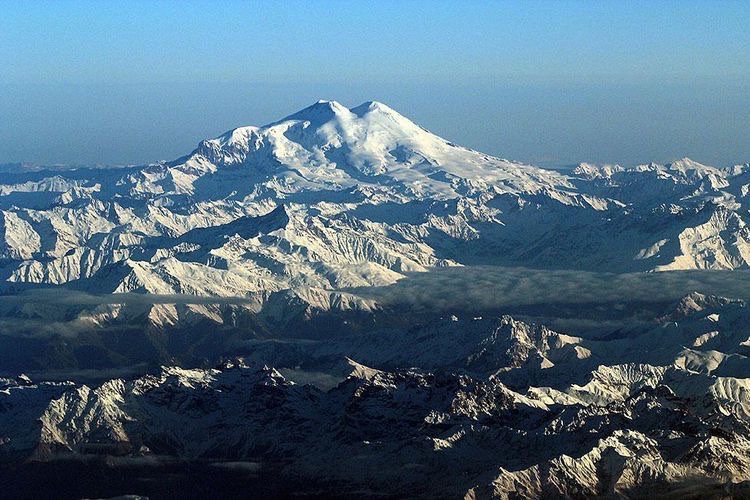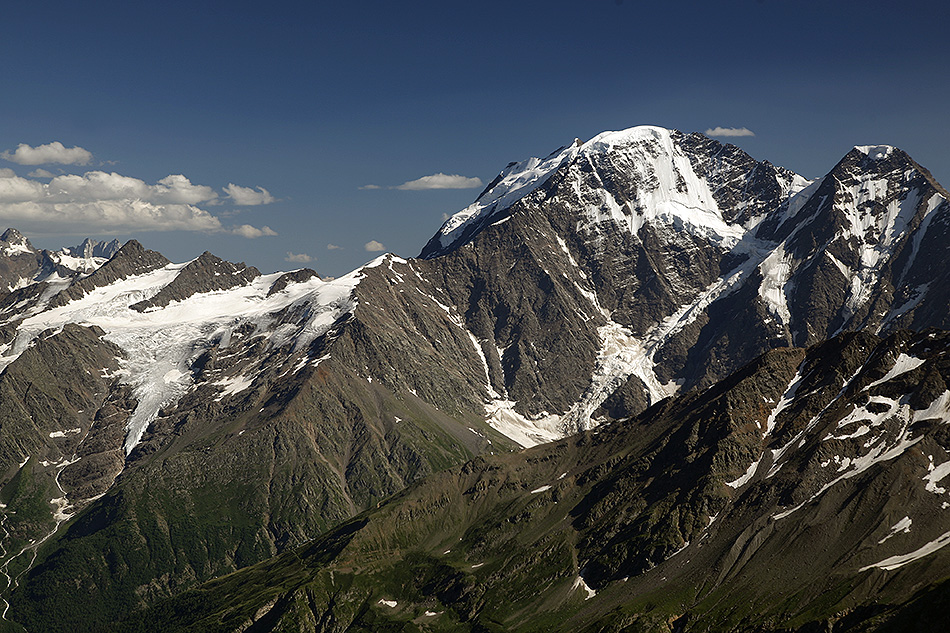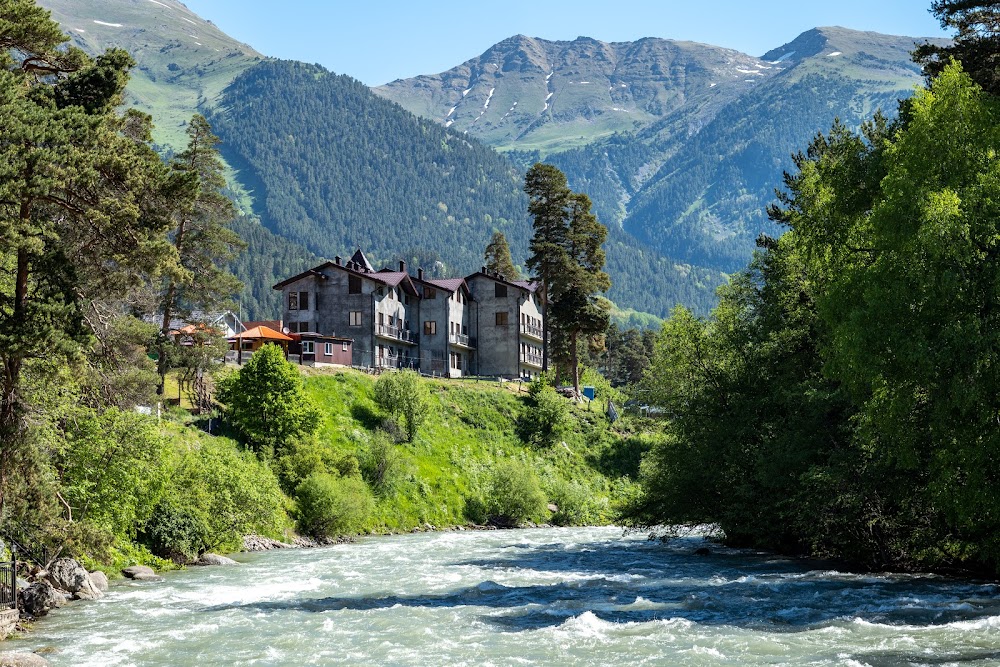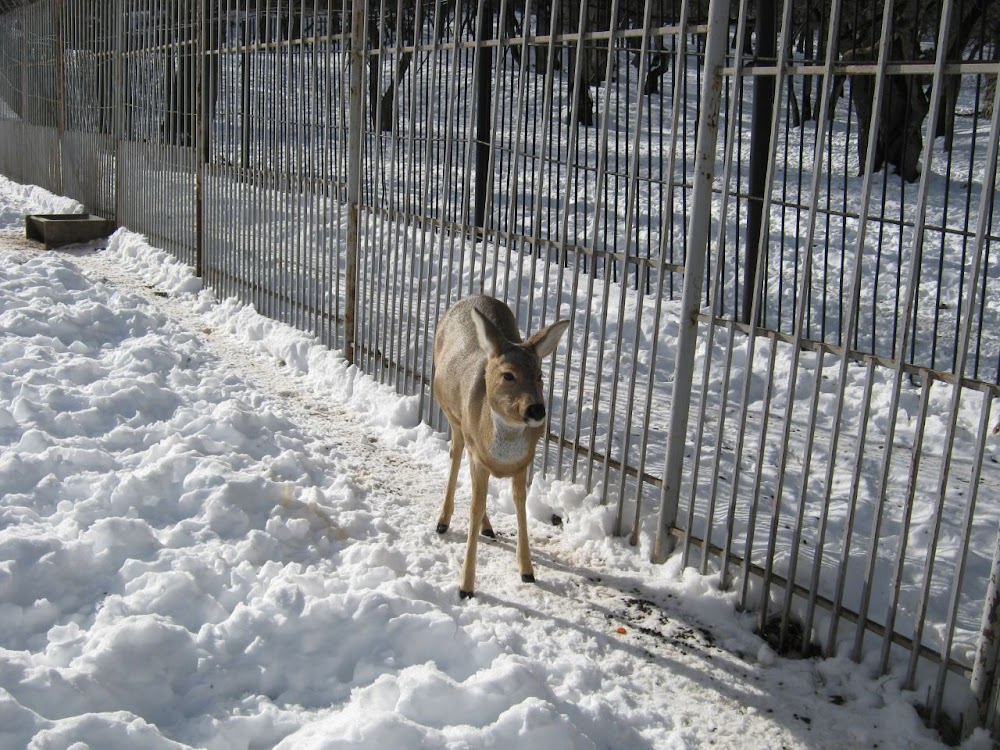Elbrus Mountain (Гора Эльбрус)
Overview
Introduction to Mt. Elbrus
Standing proudly in the Karachay-Cherkess Republic of Russia, Mt. Elbrus is a striking peak that commands attention as the highest mountain in Europe. Part of the majestic Caucasus Mountains, its twin summits rise to impressive heights of 5,642 meters (18,510 feet) and 5,621 meters (18,442 feet). This dormant volcano has intrigued climbers, geologists, and adventurers for centuries, thanks to its grandeur and unique geological features.
Geological Formation
Mt. Elbrus was shaped millions of years ago by volcanic activity, with its last eruption occurring around 50 AD. While it is classified as dormant, it remains a significant geological feature. Over time, the mountain's layers of lava and ash cooled and solidified, giving it its current majestic form. Comprised mainly of basaltic lavas, Elbrus also contains andesite, trachyte, and rhyolite. Its twin cones are perpetually cloaked in ice and snow, contributing to its distinctive appearance.
Glaciers and Rivers
The glaciers surrounding Mt. Elbrus are a remarkable feature, having formed over thousands of years due to consistent snowfall and freezing temperatures. These glaciers not only contribute to the mountain's permanent snowcap but also present a challenge for climbers. The Baksan, Kuban, and Malka rivers, which originate from these glaciers, are vital to the region's ecology and economy, supporting both wildlife and local communities.
Historic Ascents
The allure of Mt. Elbrus has a rich history, with the first recorded ascent of the higher western summit taking place in 1874. A team led by British climber Florence Crauford Grove, along with Frederick Gardner, Horace Walker, and Swiss guides Peter Knubel and Ahiya Sottaiev, completed this historic climb. The eastern summit had already been conquered in 1829 by Russian army officer Killar Khashirov. These early achievements set the stage for the mountain's reputation as a climbable yet formidable challenge.
Modern Climbing Experience
Today, Mt. Elbrus is a sought-after destination for mountaineers from around the globe. The mountain offers a variety of routes to the summit, catering to both novice and experienced climbers. The Southern Route, the most popular, begins in the village of Azau and utilizes a series of cable cars and chair lifts that transport climbers to the Garabashi Huts at an elevation of 3,800 meters (12,467 feet).
From the Garabashi Huts, climbers typically acclimatize for several days before ascending to higher camps. The trek involves navigating glaciers, avoiding crevasses, and adapting to high-altitude conditions. Given the mountain's unpredictable weather, climbers must prepare thoroughly and ideally be guided by experienced mountaineers to ensure safety.
Infrastructure and Accessibility
The infrastructure around Mt. Elbrus has seen significant advancements, particularly with the development of the Elbrus cable car system in the 1960s. This extensive network of lifts and gondolas has been modernized to improve accessibility, drawing an increasing number of visitors. Enhanced tourism has brought economic benefits to local communities, providing a boost to the region.
Safety Measures
Safety is a critical concern on Mt. Elbrus, as conditions can change rapidly. The Elbrus Rescue Service operates year-round, providing essential assistance and rescue operations for climbers in distress. Collaboration with local and international mountaineering organizations ensures that climbers receive comprehensive safety support and efficient rescue services when necessary.
Year-Round Activities
However, Mt. Elbrus is not solely about climbing. The mountain also offers a plethora of activities, including ski mountaineering, snowboarding, and trekking, attracting outdoor enthusiasts even beyond the peak climbing season. The stunning natural environment, rich cultural heritage of the surrounding areas, and the sheer beauty of the mountain create an enchanting destination for visitors.
Symbol of Achievement
Beyond its breathtaking landscapes and climbing challenges, Mt. Elbrus symbolizes endurance and achievement. It represents both a physical and mental test for those who seek to conquer its summit. The mountain’s imposing presence, storied history, and the vibrant communities that thrive nearby ensure that Mt. Elbrus remains a beacon of natural wonder and human exploration in the heart of the Caucasus.







